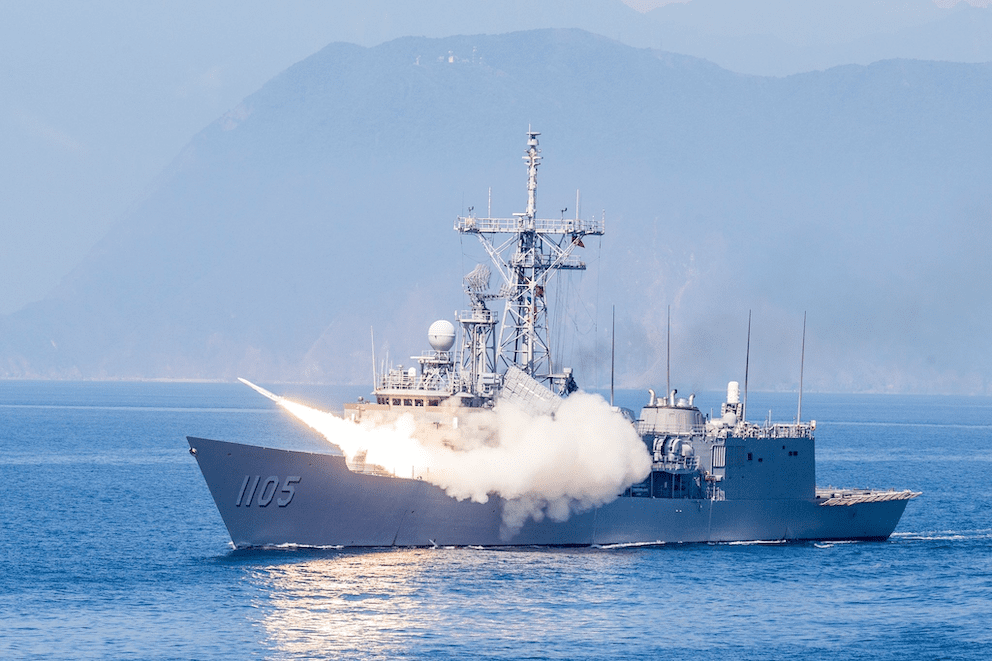Using simulations in predicting military outcomes offers numerous advantages, from testing different strategies to quick decision-making without risking soldiers’ lives. However, challenges such as accurately modeling modern warfare complexities and the need for skilled personnel exist. Despite these obstacles, the benefits of simulations outweigh the drawbacks. As technology continues to progress, simulations will only become more advanced and crucial in military planning. In an ever-evolving world, simulations are a valuable tool for military strategists to anticipate potential challenges and make more informed decisions to ensure successful outcomes in future military operations.
Gaming the Future: The Use of Simulations in Predicting Military Outcomes
Introduction
In today’s ever-evolving world, predicting military outcomes has become increasingly complex. With advancements in technology and the changing landscape of warfare, traditional methods of forecasting military success have become less reliable. This is where simulations come into play.
Simulations allow military strategists to model various scenarios and predict outcomes based on different variables. By using simulations, military leaders can gain valuable insights into potential outcomes and make more informed decisions when planning military operations.
The Role of Simulations in Military Planning
Simulations have long been used in military planning, but with advancements in technology, they have become even more sophisticated. These simulations can model everything from individual battles to full-scale wars, taking into account factors such as terrain, weather, enemy tactics, and more. By running these simulations, military planners can better understand the complexities of modern warfare and anticipate potential challenges and opportunities.
Benefits of Using Simulations
One of the main benefits of using simulations in predicting military outcomes is the ability to test different strategies and tactics without putting soldiers at risk. By running simulations, military leaders can experiment with various scenarios and see how different decisions play out in a virtual environment. This allows them to refine their plans and make more strategic decisions before implementing them in the real world.
Simulations also allow for quicker decision-making. In fast-moving conflicts, being able to quickly assess potential outcomes and adjust tactics is crucial. By using simulations, military leaders can rapidly evaluate different options and choose the most effective course of action.
Challenges of Using Simulations
While simulations offer many benefits, they also come with their own set of challenges. One of the main challenges is accurately modeling the complexities of modern warfare. With so many variables at play, it can be difficult to create a simulation that accurately reflects all of the factors that influence military outcomes.
Another challenge is the need for skilled personnel to run simulations effectively. Developing and running simulations requires specialized knowledge and training, and not all military organizations have the resources to dedicate to this type of analysis.
Conclusion
In an increasingly complex world, the use of simulations in predicting military outcomes is becoming more important than ever. By using simulations, military leaders can gain valuable insights into potential outcomes and make more informed decisions when planning military operations. While there are challenges associated with using simulations, the benefits far outweigh the drawbacks. As technology continues to advance, simulations will only become more sophisticated and valuable in predicting military outcomes.
